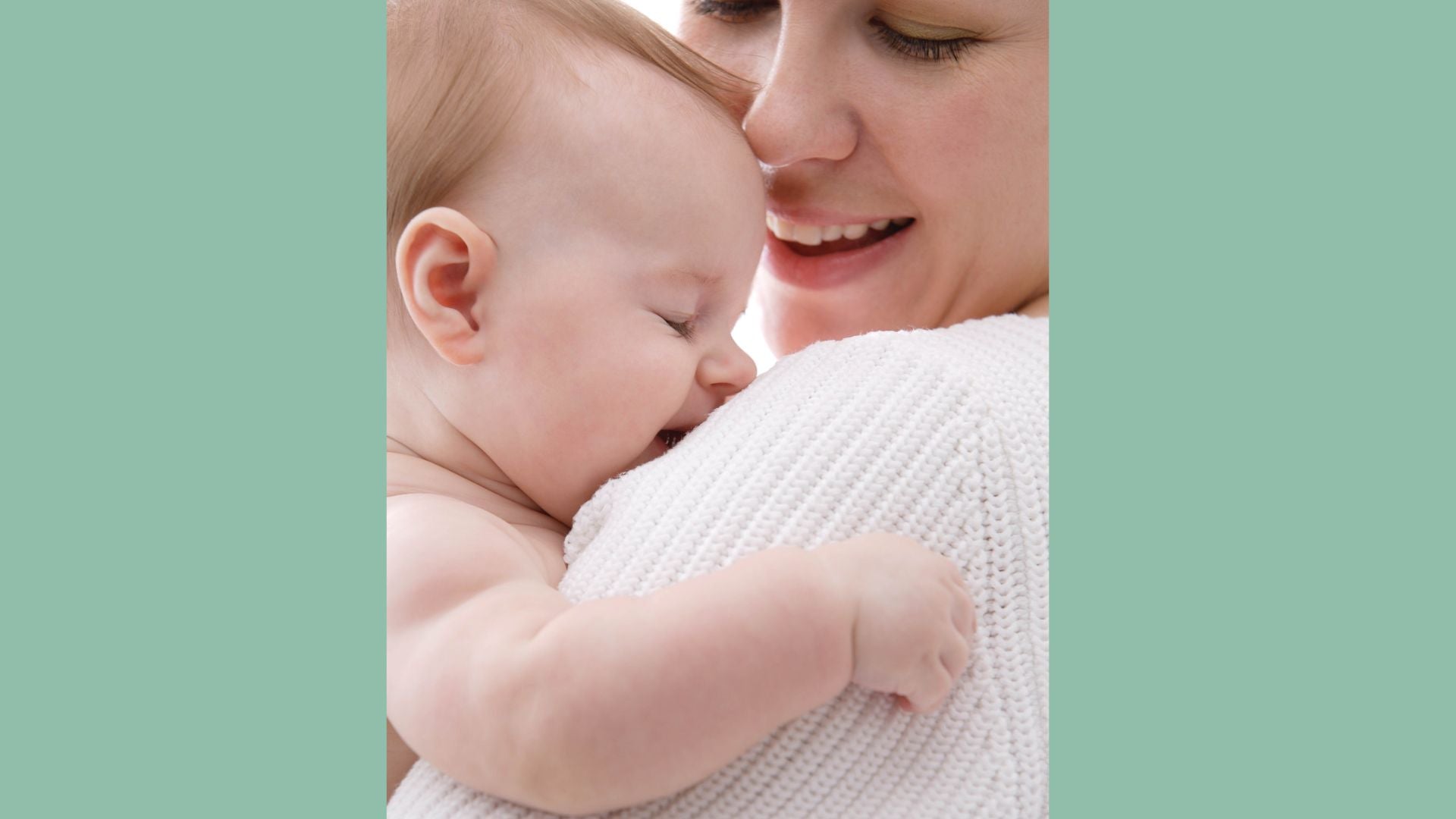Cotton vs Bamboo

Cotton vs Bamboo:
When it comes to clothing and personal wear items, natural fabrics provide a plethora of benefits to the end user, as well as to the environment.
And while organically derived fabrics consistently trump synthetics in these regards, organic fibres do vary in their peculiar qualities from one species source to another, hence it is well worth drawing some direct comparisons.
Here, we will be specifically looking at some of the distinct differences between two of the most popular of natural fabrics, namely, cotton and bamboo.
Both these organic fabrics are widely utilised in the textile industries, but when appropriated to clothing and personal wear items, each somewhat rivals the other.
Cotton:
In the textile industry, cotton remains the most broadly known and commonly used of all natural fabrics. Its popularity is founded on its numerous advantages over synthetic fabrics, and on account of its affordability.
It offers a myriad of benefits to the end user and is a biodegradable product that breaks down naturally over time.
Cotton is farmed on broad acreages and produced in abundance to meet an ever burgeoning world demand.
But because clothing and personal wear items are frequently in direct contact with our skin, fine tuning our choice between cotton and bamboo can be assisted by an understanding of how they might meet one’s personal needs.
Both cotton and bamboo fabrics offer numerous coinciding qualities, however, each has its own peculiar advantages over the other, and this will depend on the intended end application. Both are highly breathable fabrics, they are highly absorbent, antimicrobial, have hypoallergenic properties, and are strong and durable.
From an ecological perspective, cotton requires as much as 50% more water to produce, and is generally reliant upon pesticides during its growing phase, however, it requires little to no chemical intervention during its processing phase.
While cotton fabric does not boast the tensile strength of bamboo, it is commonly produced in greater gsm (gram per square metre) ratings to compensate for the shortfall.
And while cotton fabric is generally not as soft as bamboo fabric, high-end cottons are typically produced with a higher thread count to counterbalance this shortfall.
Bamboo:
Irrespective of what particular end-product bamboo fabric is used for, it will generally outlive its cotton counterpart by several times over.
While bamboo’s superior durability is principally attributable to its thicker, stronger fibres, it is also significantly more dirt and stain resistant than cotton, which typically results in less wash cycles that typically contribute to much of the wear and tear of any fabric. The stronger nature of bamboo fibre is even known to renders the fabric more impervious to moth damage.
One of the most outstanding features of bamboo is its superior antimicrobial properties. This effect is often referred to as ‘Bamboo Kun,’ and gives bamboo fabric an enduring freshness and natural odour resistance.
And while cotton is recognised as having some hypoallergenic properties, bamboo fabric outranks it as a truly hypoallergenic material that is guaranteed safe for wear by those with the acutest of allergies.
Another outstanding feature of bamboo is its superior absorption ability. Bamboo fabric is capable of absorbing as much as 3 times its own weight in moisture and will wick moisture away from the skin more rapidly and effectively than cotton, keeping the skin dryer and averting those rashes that result from persistent wetness.
Amongst the cons associated with bamboo fabric is its tendency to wrinkle and crease, it can also be somewhat prone to pilling, whereby it rubs to form small balls of its own lint on its surface, and it has a bit of a tendency to shrink more rapidly than cotton.
From an ecological perspective, bamboo requires less water to produce, and requires no chemical fertilisers during its growing phase, however, it does require some chemical processing during its manufacturing phase.
From a quick overview, bamboo fabric appears to trump cotton in most regards, but when considering either fabric for personal wear items, choosing between the two raises one more important point for consideration; that of their insulative properties.
Despite all its advantages, bamboo fabric is not as thermally insulative as cotton, and vice versa, cotton is more thermally insulative than its bamboo counterpart, so if the prevailing climatic conditions were colder rather than warmer, bamboo would not make for the best choice for keeping one warm.
Similarly, if the prevailing climatic conditions were warmer rather than colder, bamboo fabric would facilitate a greater thermal transfer rate through its layers, allowing the body to cool more effectively. So bamboo fabric is better suited to hotter climatic conditions where the object is to keep cool. On the other hand, cotton is better suited to the cold, where the object is to keep warm.
All in all, both these natural fabrics are a great alternative to synthetic fabrics. Rest assured, neither of them will generate static electricity to interfere with the natural circuitry of the body. Both are of organic origin and remain biodegradable, meaning they will naturally decompose back into soil over time, and are therefore more sympathetic to the environment.
~ jinki @ jinki.com




